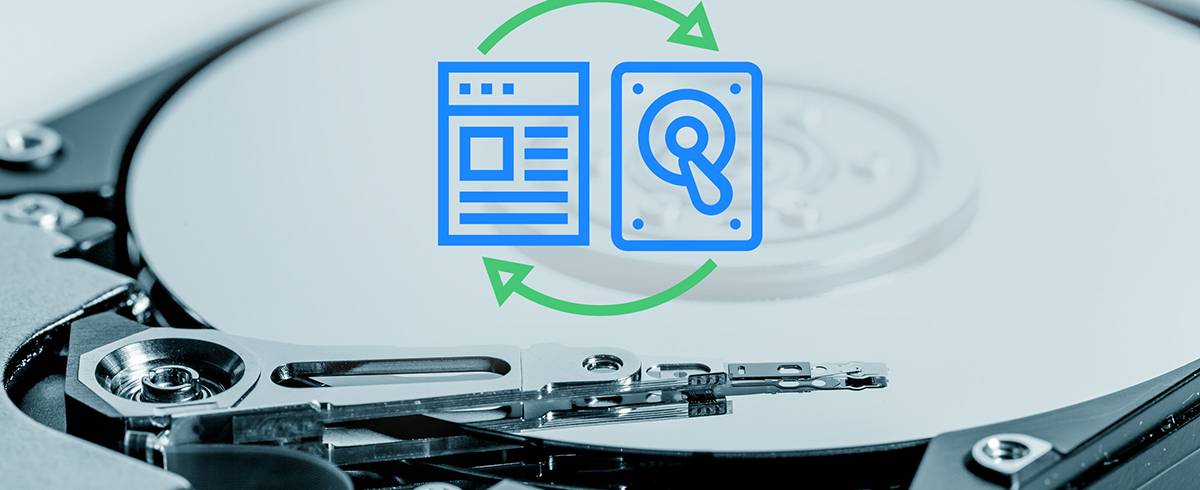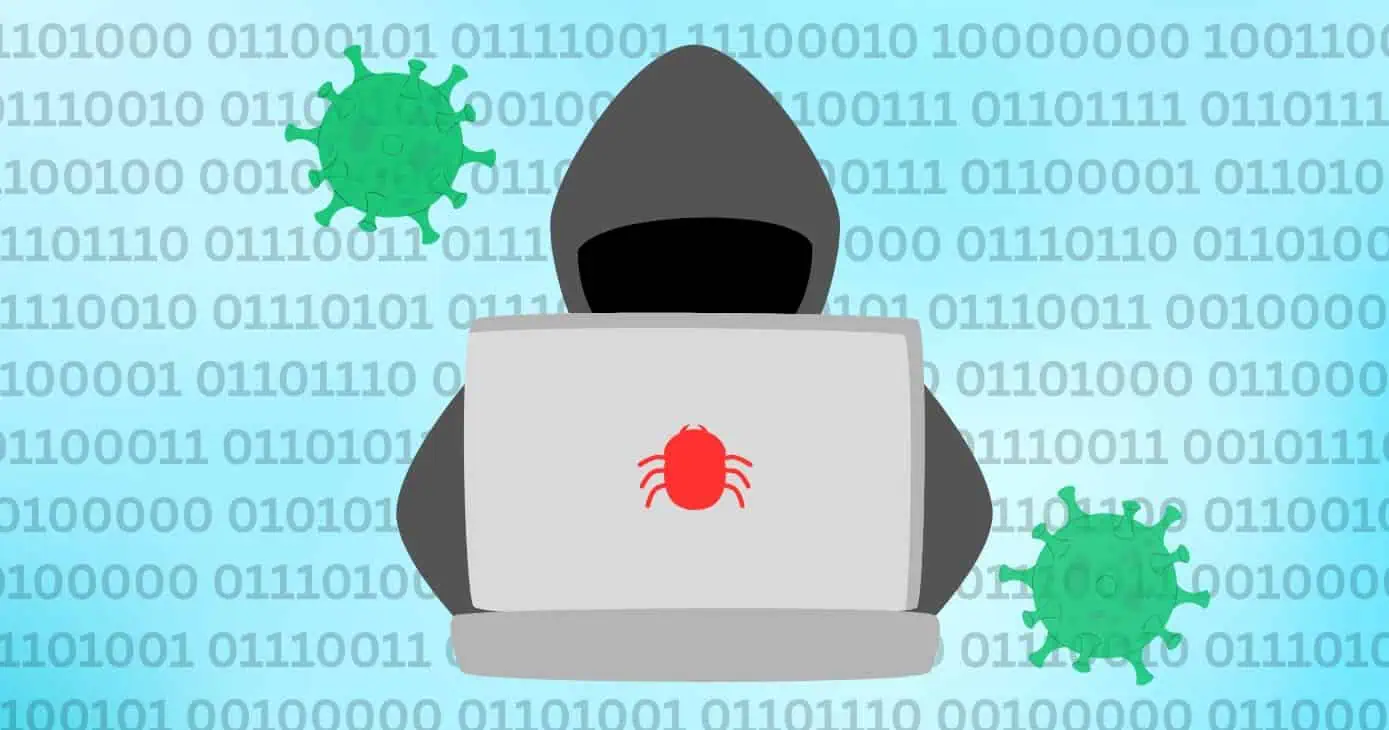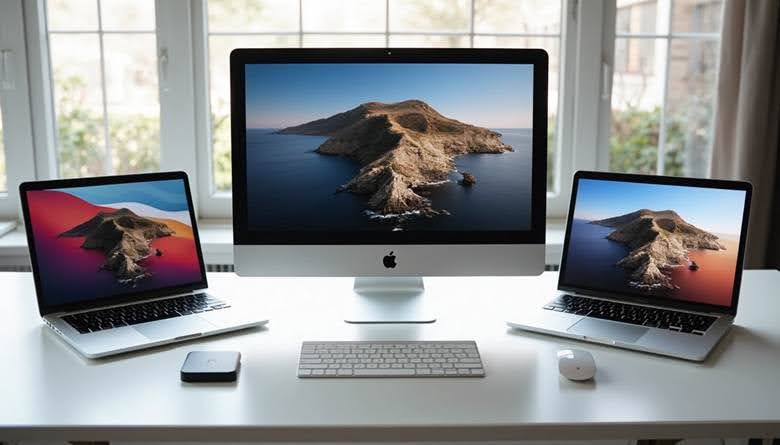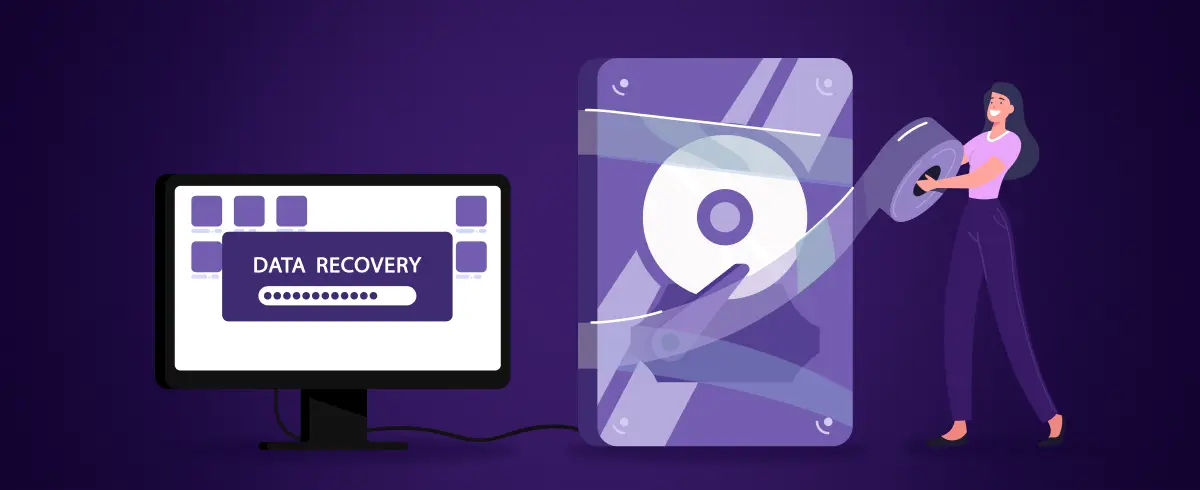
06 October 2021
How to Backup Your Mac to An External Hard Drive – MacUpdate Blog
To ensure that you never lose any of the digital “things” that matter to you, consider using multiple backup methods. In this article, we’ll review some of the best options you can use to backup your Mac, ranging from Time Machine to third-party software.
An external hard drive is a preferred choice for many as a physical location to keep, protect and share digital data. We will go over how to backup your Mac on an external hard drive. Please note that the screenshots you will see below are taken on macOS High Sierra. If your Mac is running on an older version, you might notice some slight differences, but the entire process will still look the same.
Let’s get started.

Generally, there are three common types of data backup:
- Incremental macOS backup: your Mac system along with all its data is backed-up.
- Bootable version of your Mac’s hard drive: you create a clone of your Mac’s hard drive.
- Selective data backup: you select only some folders or files that you wish to backup.
How to Backup Your Mac to An External Hard Drive with Time Machine
Time Machine is the most common method for an incremental macOS backup. By default, your computer comes with this backup option. With it, you can back up to an external hard drive connected by USB, Firewire or Thunderbolt port on your Mac. You can also back up from a USB port on an AirPort Extreme Base Station on your network and Time Machine allows you to back up with a supported network drive such as Time Capsule.
When you set up your Mac’s Time Machine, it will automatically make backups on an hourly, daily, and weekly basis. Please note that once you’ve run out of disk space, Time Machine will automatically erase your oldest backup version to make space for the new one. And the best part? Everything is done automatically. In short, Time Machine is a great backup option for your Mac as it’s automatic, timely, customizable, and reliable.
Before we get started with the Time Machine backup process, consider these two prerequisites:
1) Ensure that both your Mac and your external hard drive have enough space: To check your Mac’s storage data, hit the Apple menu in the top-left of your screen. Choose About This Mac and hit Storage. You should use a drive that has at least twice your Mac’s storage capacity.
2) Ensure that your external hard drive is pre-formatted for your Mac: Not all external hard drives come Mac pre-formatted, so before you get started, make sure the drive you are going to use is suitable for your computer. If not, format it using the following steps (but be aware that formatting your drive will completely erase any files that might already be saved on it):
- Connect your hard drive to your computer.
- Type Disk Utility in Spotlight and hit it to launch.
- Specify the hard drive you want to reformat: you can see all of your Mac’s drives and volumes in Disk Utility, so it’s crucial to select the proper one.
- Erase the drive by hitting Erase, confirm your intention and rename your drive.
- Specify the new map scheme: select the most appropriate format for you: Extended (Journaled), Extended (Journaled, Encrypted), as well as Extended (Case-sensitive, Journaled), and others. The macOS Extended (Journaled) format uses Journaled HFS Plus to keep all your data organized. Consider the Encrypted option for more security as it adds a password and encryption. The Case-sensitive option differentiates folders with upper/lowercase letters ( for instance, “May” and “may” are not the same).
- Open Security Options, ensuring that the drive is set to write over any past data at least three times (for SATA drives, not SSDs).
- Erase and finally confirm. That’s it!
Now, let’s backup your computer using Time Machine:
- Connect an external hard drive directly to your Mac. Note: you might be asked whether you wish to use the drive to backup with Time Machine, so confirm that.
- Select Encrypt Backup Disk (recommended), then choose Use as Backup Disk.
- Launch Time Machine: enter Time Machine in Spotlight, then set it up.

- Click the padlock icon and type in your user password, then tick Back Up Automatically.
- Click Select Backup Disk and find the disk for the backups to be stored. Note that it’s possible to create separate backup disks to be used at home or in the office.

- Click Options. By the way, in case you want to exclude some folders from the backup, click the ‘+’ , determine the folders you want to exclude and finally hit Exclude.
- Click Save. Before closing System Preferences, ensure the “Show Time Machine in menu bar” box is selected. Now you will notice that once Time Machine is running, you will get alerts if any problems occur, meaning that you will be able to instantly recover files.
Note: your first backup may take a long time, depending on how many documents you’ve got. But don’t worry, you may use your Mac during the backup process.
Afterwards, you’ll be able to restore both the entire system and individual files from your Time Machine backup. To restore everything, use the Restore from Time Machine Backup utility in macOS Recovery.

The restoring disk gets erased before retrieving macOS and your other Time Machine backup items. You can use Migration Assistant if you need to make a copy of your files, settings, and user accounts.
To restore particular items, find their primary location. (For instance, to restore the particular email, open your Mail app). Launch Time Machine, find the needed email and hit Restore.
Note that to restore files from encrypted Time Machine backups, you need to enter your backup password.
Time Machine Alternatives: How To Backup Mac Files To An External Hard Drive
Time Machine is a great backup app, however, sometimes using only Time Machine might not be enough. It’s always smart to have a plan B if something bad happens. Why not create an exact duplicate of your entire system? In that way, you have peace of mind that all of your Mac’s files are stored elsewhere and you can boot from your backup in an instant. This ensures that you will be able to work even if your Mac is facing startup issues.
Cloning software
Fortunately, there are dozens of cloning software solutions out there. The majority of them are great for cloning as they provide safety and security, so you don’t need to worry about your sensitive information. If you are interested in such kind of software, please check the Super Duper or Carbon Copy Cloner reviews.
Once done, download and launch the app you prefer and follow the instructions. Typically, such apps are user-friendly and straightforward enough, so it won’t be a problem for you to understand how to use them.
If you want to store only selected data, uploading your files to external hard drives or to the cloud might be a great way to go.
External off-line hard drives for selected files
Note: this process is an extremely old school way as it’s too manual and is suitable for only a one-time backup without any sync when things change. So, consider using it only as a one-time option for files and folders that are unlikely to change or have items added at any time.
To upload your important files to an external hard drive, follow these simple steps:
- Connect your Mac to the external hard drive.
- Ensure the external hard drive is Mac-compatible and has enough space to keep your data.
- Drag and drop or copy and paste your files to the drive.
- Securely disconnect the external hard drive.
External online hard drives for selected files
There are numerous online cloud storage solutions (sometimes just called “the cloud”) on offer, not to mention iCloud, Google Drive or Dropbox. Uploading your data to the cloud is not difficult. To upload your sensitive files to an online cloud storage solution, follow these simple steps:
- Choose the service. Typically, you will need to pay monthly fees if you need more than 5GB of storage, so make sure to check this out before selecting the preferable service. Once selected, create and verify your account.
- Choose which files you wish to keep in the cloud and either drag and drop them there or upload them to the online service.
The Bottom Line
To enjoy peace of mind for all of your sensitive data, use at least three backup options - Mac Time Machine, a cloning software and a secure cloud storage solution. Let us know in the comments which preferred solutions you use for keeping your data safe and backed up!

Head of Community at MacUpdate
Marta Turnbull is a MacUpdate OG and has written about technology, marketing and brand creativity for over 10 years. She splits her time between Michigan and Ukraine.

































